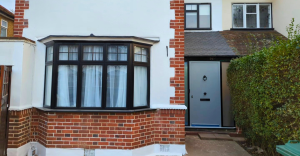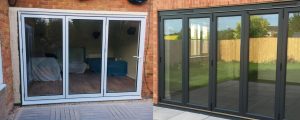Trickle vents have become an essential feature in modern window design, especially in the United Kingdom, where building regulations increasingly emphasize energy efficiency and indoor air quality. These small ventilation devices are designed to provide continuous background airflow, ensuring a healthier and more comfortable living environment. In this detailed article, we will explore the different types of trickle vents available for windows ventilators, their functionality, benefits, and importance in maintaining indoor air quality.
What Are Window Trickle Vents?
Trickle vents are small openings integrated into window frames that enable controlled airflow between indoor and outdoor environments. They are typically designed with adjustable covers or mechanisms that allow users to regulate the amount of air entering a space. The primary purpose of vents trickle is to provide background ventilation without compromising security or energy efficiency.
These vents operate by utilizing the natural movement of air. As warm air rises and escapes through extraction systems or other outlets, it creates a slight vacuum that draws fresh air into the building through the trickle vents. This process ensures a continuous exchange of indoor and outdoor air, reducing humidity levels and helping to prevent condensation issues.
Importance of Trickle Vents in Modern Buildings
The increase in airtight construction methods has made trickle vents essential for maintaining indoor air quality. Modern homes often have highly insulated windows and patio doors that minimize heat loss but also restrict airflow. Without sufficient ventilation, pollutants like volatile organic compounds (VOCs), radon gas, and excess moisture can build up indoors, leading to health issues and potential structural damage.
Trickle vents help address these problems by allowing a constant flow of fresh air while removing stale air. They are vital for preventing mould growth, maintaining comfortable humidity levels, and ensuring compliance with UK building regulations approved document, such as Part F.
Different Types of Trickle Vents for Windows and Doors
1. Through-Frame Trickle Vents
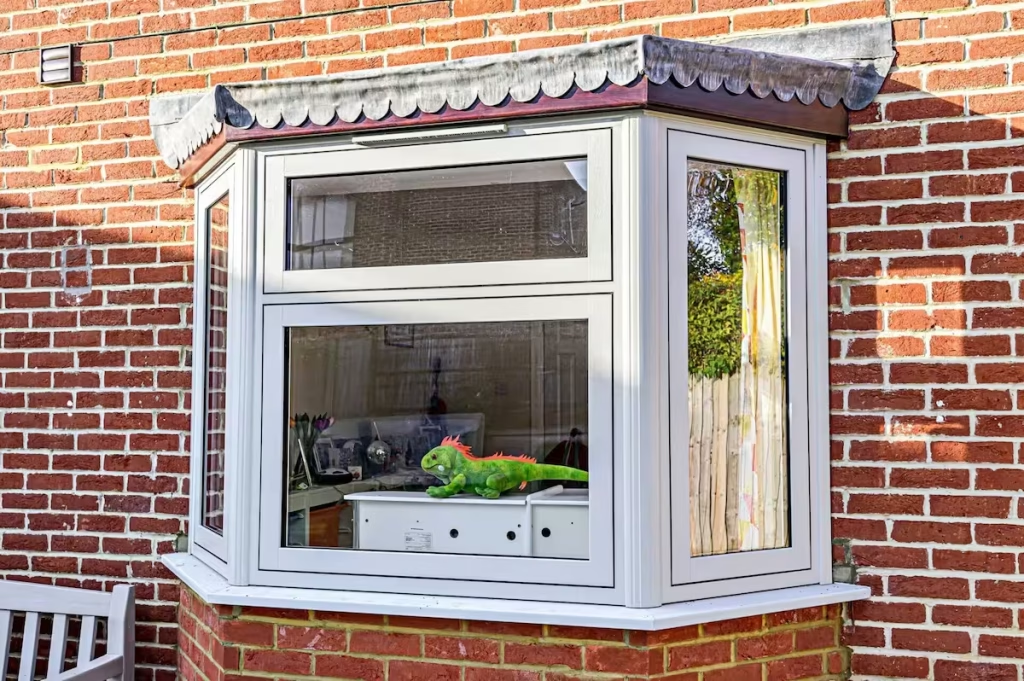
Through-frame trickle vents are among the most common designs used in both residential and commercial buildings. These vents are installed through the top of the window frame, allowing air to flow directly into the room. The design involves cutting slots into the frame during manufacturing, which are then fitted with adjustable mechanisms to regulate airflow.
This type of vent is particularly popular due to its discreet appearance and compatibility with various framing materials, including uPVC, timber, steel, and aluminium. Through-frame vents are ideal for situations where unobtrusive ventilation is needed without compromising the aesthetic appeal of the window.
2. Over-Frame Trickle Vents
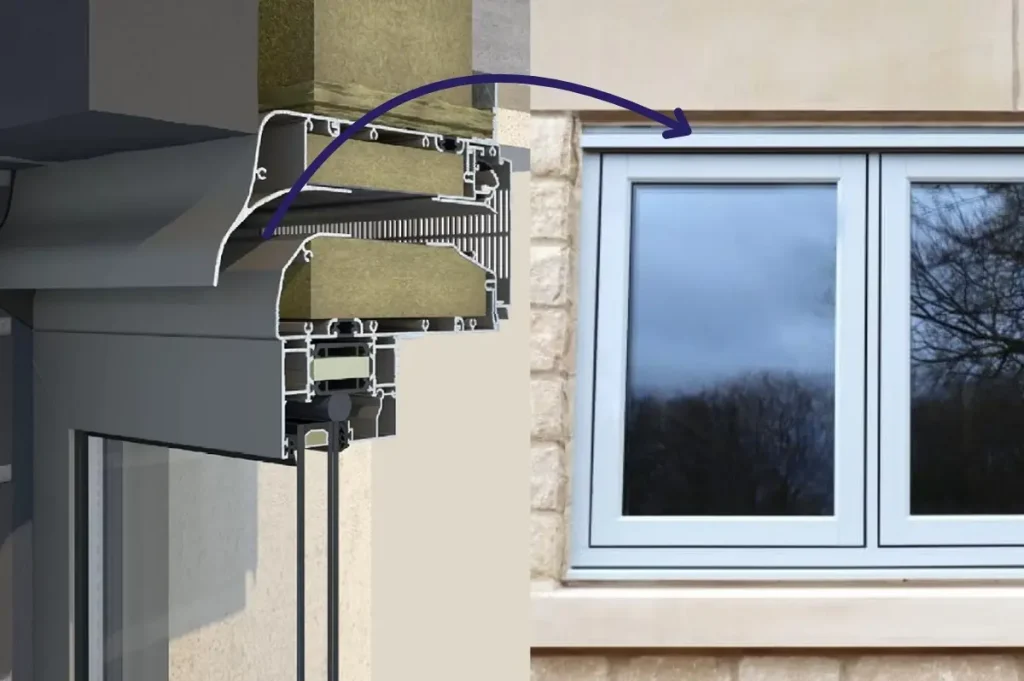
Over-frame trickle vents are used when it is not feasible to integrate ventilation directly through the window frame. In this design, ventilation slots are positioned over the top or head of the window frame. This option is often selected for retrofit applications or in situations where structural limitations prevent the use of through-frame designs.
While over-frame vents open may be slightly more visible than through-frame options, they provide similar functionality and can be customized to match the overall design of the window.
3. Glazed-In Trickle Vents
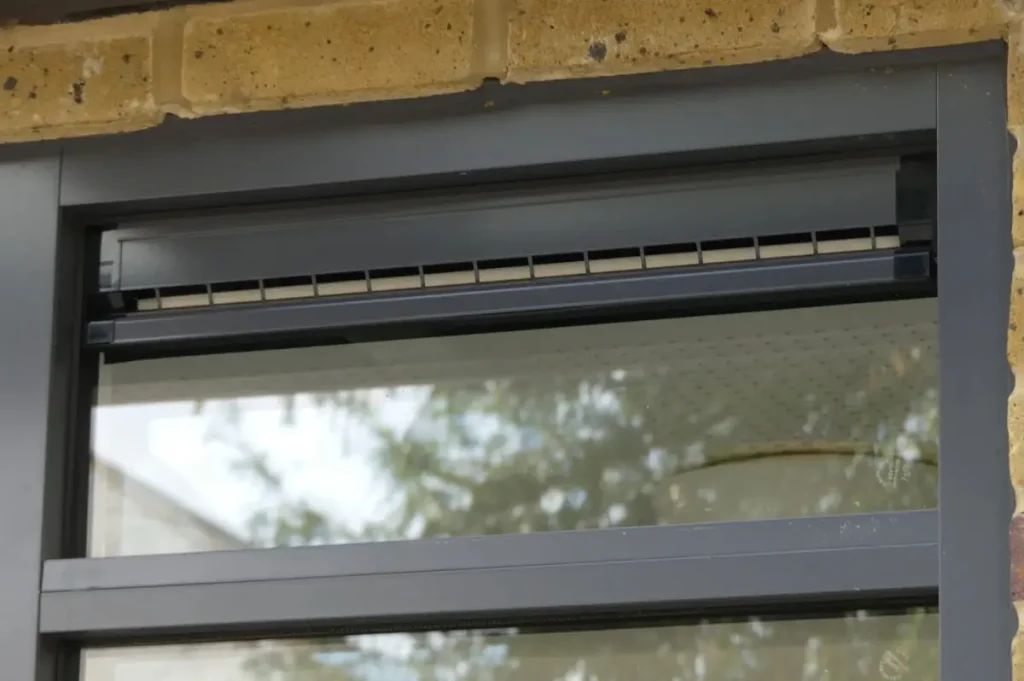
Glazed-in trickle vents are incorporated into the upper section of sealed glass units. This design is especially beneficial for windows that have limited frame space or unique architectural features. By placing the vent within the glass unit, manufacturers can ensure effective ventilation without sacrificing structural integrity or aesthetics.
These glazed-in vents are frequently utilized in high-performance windows, where maintaining airtightness is essential. However, they may demand specialized installation techniques and are less commonly used compared to other vent designs.
4. Visible Hood Vents
Visible hood vents have an external hood that slightly extends from the window frame, offering protection against drafts and rainwater. On the interior side, these vents include adjustable mechanisms that allow for control of airflow. While they are functional and straightforward, their visible design may not appeal to homeowners looking for a more discreet option.
Despite their appearance, visible hood vents remain popular due to their effectiveness in providing consistent background ventilation. They are often recommended for properties experiencing high humidity levels or significant condensation issues.
5. Retrofitted Trickle Vents
Retrofitting trickle vents can be added to existing windows that do not have built-in ventilation systems. This option is ideal for homeowners who are experiencing issues with condensation or poor air quality but do not want to replace their entire window units. The retrofitting process involves drilling slots into the existing frames and installing adjustable covers or mechanisms.
Although retrofitting can be labour-intensive and may slightly alter the appearance of older windows and door, it offers a cost-effective solution for improving indoor air quality without the need for extensive renovations.
Materials Used in Trickle Vent Construction
Trickle vents can be manufactured from various materials depending on their application and design requirements:
uPVC Trickle Vents: uPVC (unplasticized polyvinyl chloride) is one of the most common materials used for constructing trickle vents due to its durability, affordability, and ease of integration with modern window frames. uPVC vents are lightweight yet robust enough to withstand environmental stresses such as temperature fluctuations and UV exposure. They are also available in a wide range of colours and finishes, allowing them to match various door and window designs seamlessly.
Timber Trickle Vents: Timber trickle vents are typically used in traditional or heritage properties where maintaining aesthetic consistency is crucial. These vents blend seamlessly with wooden frames while providing effective ventilation. Although timber options may require more maintenance than uPVC alternatives, they offer unparalleled visual appeal for period homes.
Aluminium Trickle Vents: Aluminium trickle vents are favoured for their strength, corrosion resistance, and sleek appearance. They are commonly used in commercial buildings or modern residential properties where durability and contemporary aesthetics are prioritized. Aluminium vents can be anodized or powder-coated to enhance their longevity.
Composite Materials: Composite trickle vents combine different materials such as plastic and metal to achieve optimal performance characteristics. These hybrid designs offer enhanced durability while maintaining a lightweight construction. Composite options are versatile and can complement various architectural styles and framing materials.
Benefits of Trickle Vents
Improved Indoor Air Quality Through Trickle Ventilation
Trickle ventilators vents are essential for improving indoor air quality by helping to dilute pollutants such as volatile organic compounds (VOCs), radon gas, and excessive humidity. By allowing continuous airflow between indoor and outdoor environments, these devices contribute to creating healthier living spaces that are free from allergens and contaminants. Enhanced air quality significantly benefits occupants by reducing respiratory issues and increasing overall comfort indoors.
Condensation Control
High humidity levels often result in condensation on windows and walls, which is a common problem in airtight homes with inadequate ventilation systems. Trickle ventilators help address this issue by effectively regulating humidity levels throughout a building’s interior. Lower levels of condensation reduce the risk of mould growth and help maintain the structural integrity of the home over time.
For professional advice on trickle vent installation or to address specific ventilation concerns, consult with Durajoin’s qualified approved installer of window and door or building inspector.

